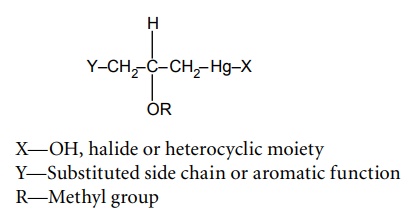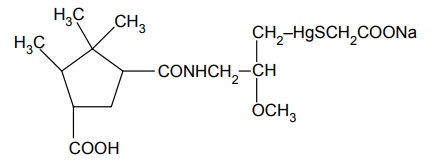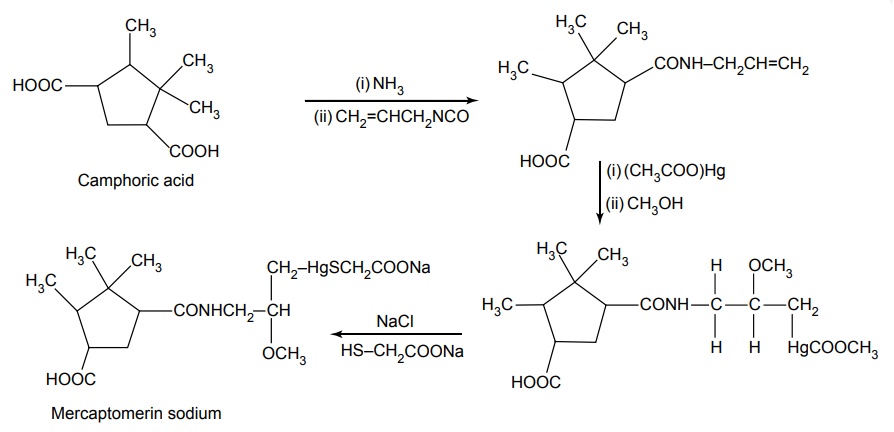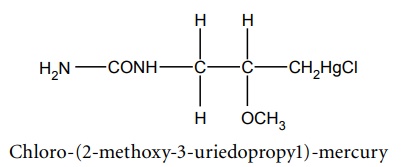Mercurial diuretics
| Home | | Medicinal Chemistry |Chapter: Medicinal Chemistry : Diuretics
Mercurial diuretics : i. Mercaptomerin sodium ii. Chloromerodrin - Synthesis and Drug Profile
SYNTHESIS AND DRUG PROFILE
Mercurial diuretics
Calomel was used by Paracelsus in the 16th century as a diuretic. Most mercurial diuretics have the same general structure, which is a chain of at least three carbon atoms with one atom of mercury at one end of the chain. The group R is hydrophilic in nature, which determines the distribution and late excretion of the compound. The nature of α substituent affects the toxicity of the compound, irritation at the site of injection, and rate of absorption.

Mode of action: These drugs primarily inhibit Na+K+2Cl co-transporter in the ascending limb of Henle’s loop and produce acidic urine. It involves in the interactions with sulphhydryl enzymes in kidney tubules.
i. Mercaptomerin sodium

Synthesis

ii. Chloromerodrin

Synthesis

Uses: It is used in the treatment of congestive heart failure due to oedema, chronic nephritis, ascites of liver diseases, and nephrotic oedema.
Dose: The usual oral dose is 18.3 to 73.2 mg per day (≡ 10 to 40 mg of mercury per day).
Related Topics
